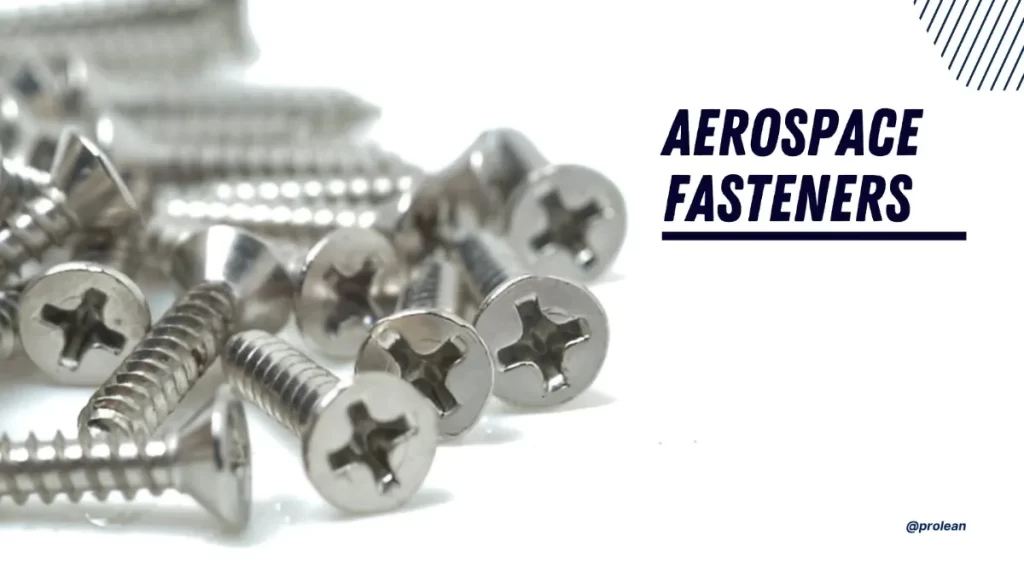
Aerospace Fastener
You may see fasteners everywhere; they secure and join many things. They hold your aircraft’s structure tightly and safely together. Without them, no flight would ever be possible.
One aircraft uses nearly one million fasteners. That means one million tiny pieces keeping your plane safe.
Aircraft or aerospace fasteners must withstand heat, pressure, and high-speed air. That’s why aircraft bolts are usually manufactured with a tough, tested material. They must meet strict strength and safety standards.
In this article, you’ll learn about the aircraft fasteners types. You’ll also see why each fastener matters for your build. Let’s break it down step by step.
What Are the Aerospace Fasteners?
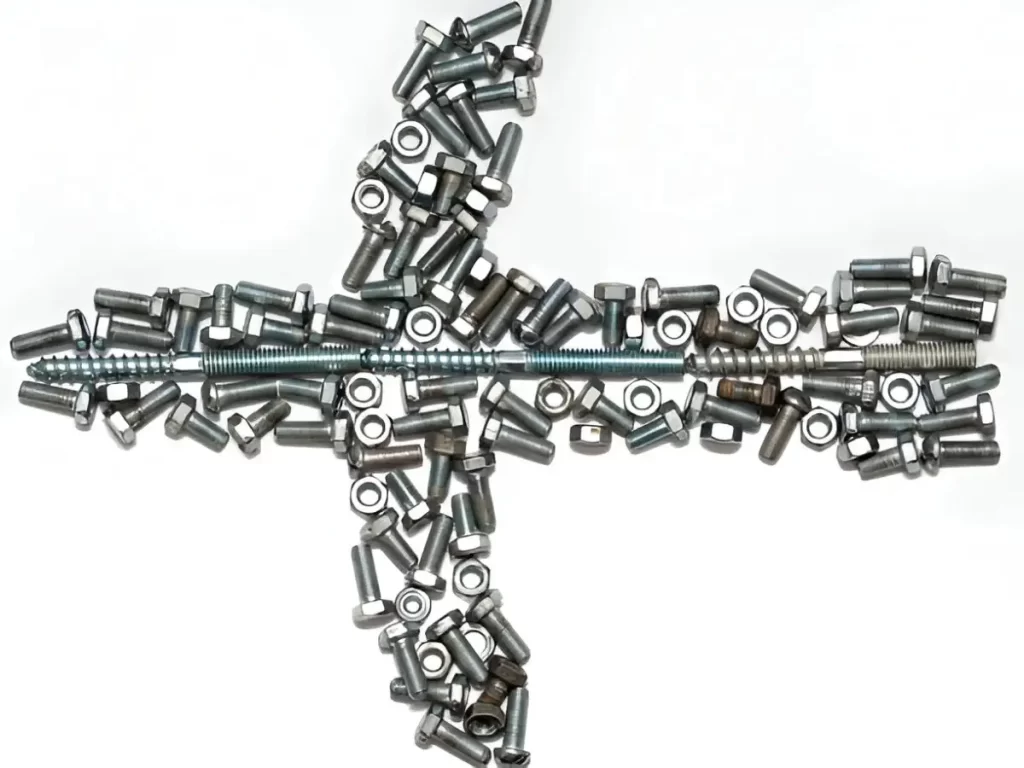
Aircraft Fasteners
Aircraft parts are held securely with the help of aerospace fasteners. They firmly attach the engines, panels, wings, and interior parts. No flying would be safe if it weren’t for these regulations.
Think about what could happen if, during a flight, a door were to fail. It would be terrible. That is why aviation fasteners must be designed, manufactured, tested, and installed according to the strictest safety standards.
Auto fasteners are built differently from those used every day. They are made to handle stress, extreme heat, and vibration without issues. There are rocket engines in aircraft, in spacecraft, and in missiles.
Every aerospace application calls for certain requirements. That’s the reason fasteners are chosen based on their use, load-bearing capacity, and the environment they will be in. Now, let’s discuss the types and the way they operate. (See Also: automotive fasteners)
Desired Qualities in Aircraft Fasteners

Steel Screws
Not all fasteners work in aerospace. Your aircraft fasteners need to meet strict performance standards. Let’s look at what they must handle.
High Strength
Aerospace fasteners should be strong enough to manage the tough loads while the plane is flying. Aeroplanes deal with strong forces at takeoff, landing, and turbulence. That’s the reason why high tensile and shear strength are fundamental. Strongness against fatigue is important, given that vibrations often happen during operation.
Thermal Resistance
Dealing with heat is tricky in the aerospace industry. Jets and spacecraft fasteners must handle extremely high temperatures. Your fasteners ought to hold even when the temperature increases.
Corrosion Resistance
When aircraft are in the air, they go through watery or salty air. The bolts you use must not be likely to rust or get weak. Your aircraft is protected and long-lasting because of its corrosion resistance.
Lightweight Design
The weight of an aircraft determines how well it performs and how much fuel it consumes. One screw is light, but hundreds of millions add heavy weight. Therefore, fasteners manufacturing has to be very light and still strong.
Common Standards for Aerospace Fasteners
Fastener standards in aerospace began during World War II. That’s when engineers realized the need for strict, shared guidelines.
Standards make sure your fasteners meet global strict safety rules. They also help design engineers choose the right fasteners for flight.
SAE AS9100
This is a well-known aerospace quality standard. It covers fastener design, testing, and service. If your fasteners meet AS9100, they’re built to last.
ISO/TC 20/SC 4
This ISO group focuses only on fasteners. It sets global rules for aerospace fastener types and materials. You can count on ISO standards for safety and precision.
General Purpose Aerospace Fasteners
Some aerospace fasteners work similarly to everyday ones. But they’re built to handle flight, pressure, and heat. These fasteners are strong, precise, and carefully engineered.
Let’s check out the usual kinds of airframes used on aircraft.
Aircraft Bolts
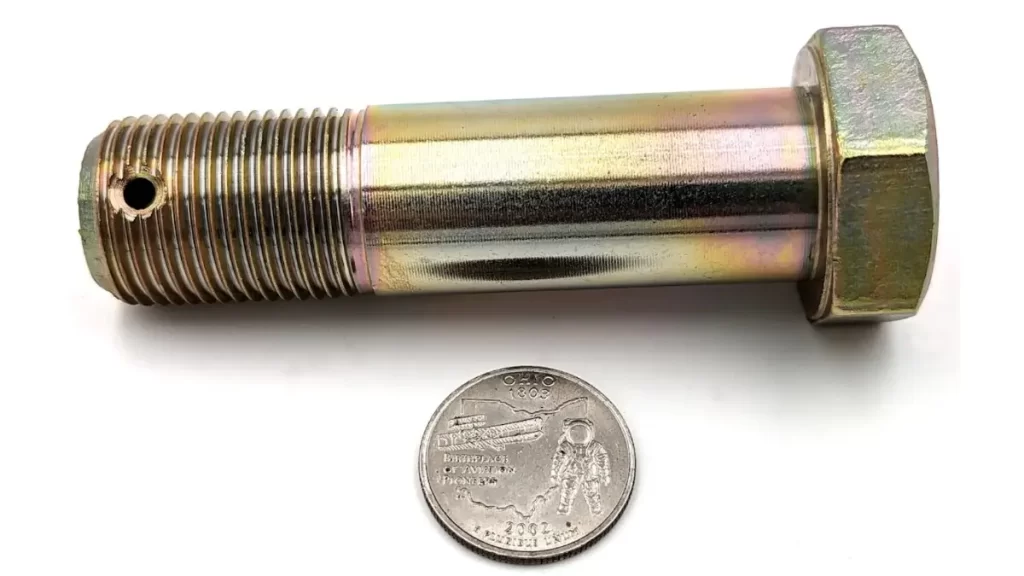
Aircraft Bolt
Aviation bolts are very strong and guarantee reliable connections. Most of the time, you will uncover them when you need to disassemble a part. They are designed not to give in to vibrations and sudden stresses during flying.
FIT custom bolts are produced from tough materials called titanium and steel. Many get a coating to stop rust and wear as time goes by.
Aircraft Nuts
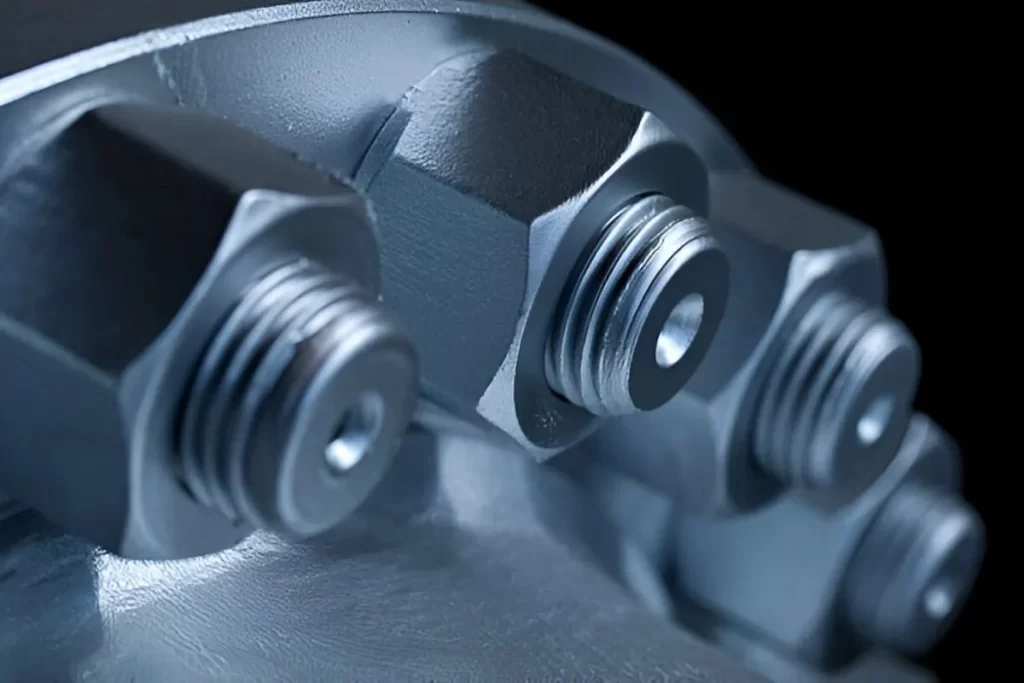
Aircraft Nuts
Aviation nuts and bolts nuts go alongwith screws that entails internal threads. Aeroplane parts are safely joined and kept in place during flight. Self-locking nuts are often used since they do not loosen from shaking during everyday use.
Just like bolts, they are manufactured using tough materials. Some also keep pressure and fluids inside the aircraft from getting outside.
Aircraft Screws
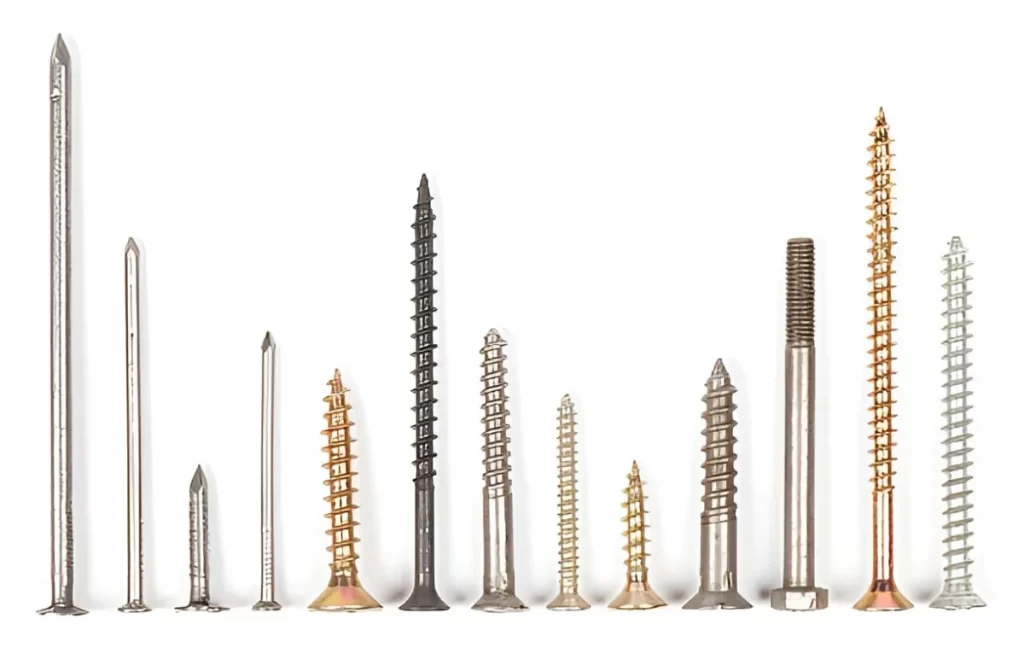
Aircraft Screws
Most of the fasteners in aircraft are screws. They seem more like Threaded Fastener or bolts, but they have sharper thread points. They help hold panels, cover units, and several lightweight structural parts.
Structural screws behave in a way similar to bolts in places that require strong holding. Machine screws are small and are made with a variety of head shapes, for example, flat and round.
Aircraft Rivets
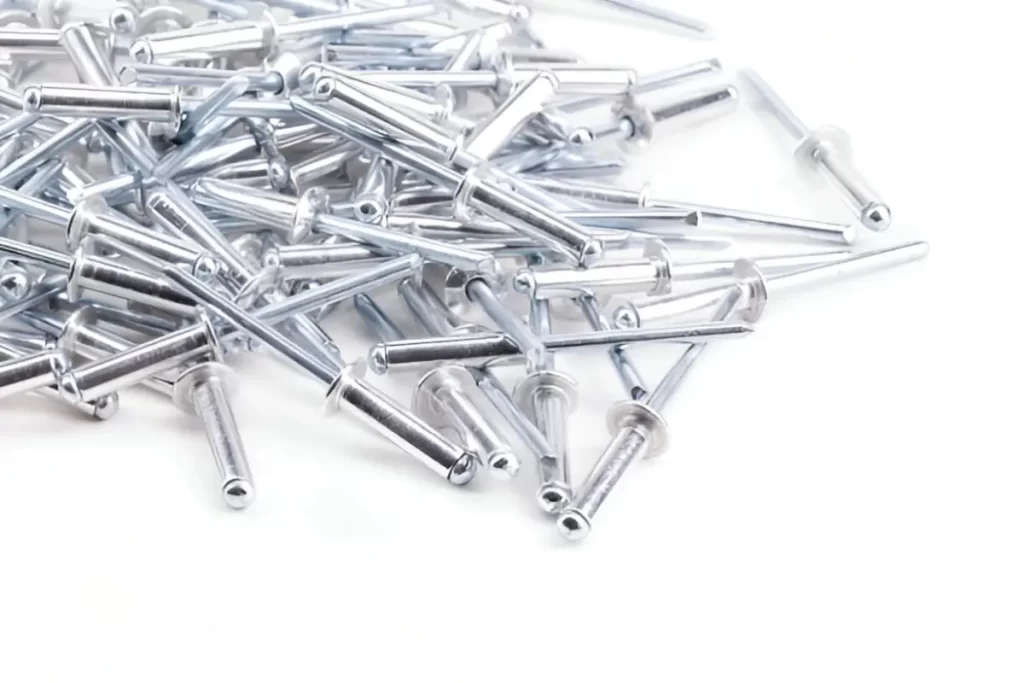
Aircraft Rivets
The parts are permanently joined together by using rivets. You will notice them mainly in the aircraft’s body, where metal sheets are used. When they are installed, they cause too much harm to remove them.
Although they are both affordable and lightweight, composite materials are very strong. That’s the reason they are popular when it comes to airframe assembly.
Try Prolean Now!
Special Aerospace Fasteners & Their Applications
Some parts of an aircraft require something more than bolts and screws. In such situations, aerospace fasteners manufacturers must use sophisticated types that are made to fit their needs.
They address issues such as sealing places that are hard to reach or making things lighter. It’s time to look at the special fasteners.
Blind Bolts and Rivets
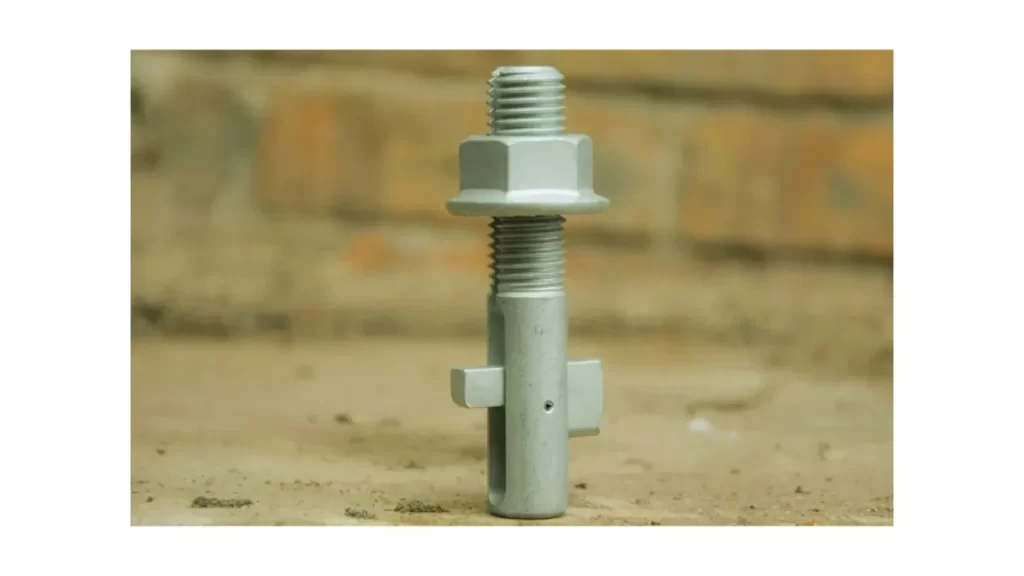
Blind Bolt
Blind fasteners are ideal when you can’t get to the other side. You place them in the right spot and secure them by locking them.
Blind bolts connect well with collars. They do not move. They expand and secure parts together at the place where they are installed. You should keep these in the wings and deeper parts of your bag.
Lockbolts (Huck Bolts)
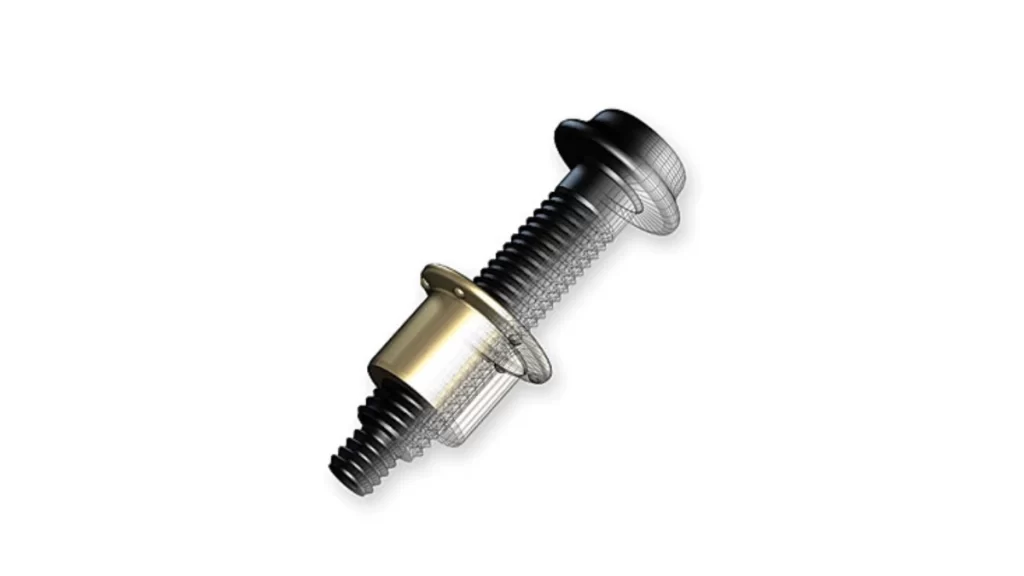
Lockbolt
Lockbolts are connected to a locking ring just like bolts and rivets. They consist of a pin as well as a collar.
The collar fits into the pin to secure itself tightly. Such fasteners have high strength, weigh very little, and are perfect for use on landing gear and wings.
Hi-Lok Pins
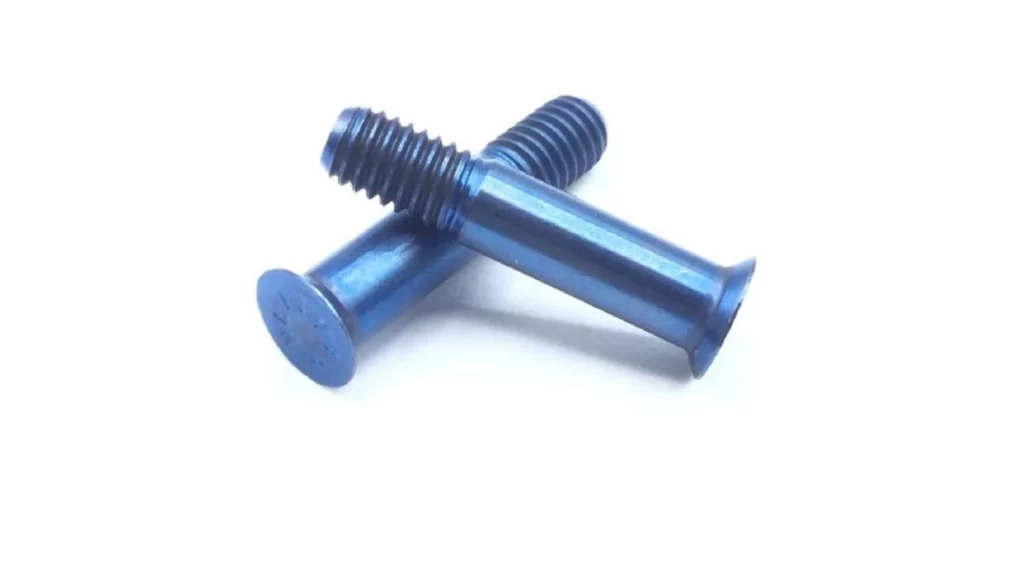
Hi-Lok Pins
Hi-Lok pins keep pinching in the moment they are inserted and remain strong throughout the process. The tip gives off a click at the force that has been set.
With this, you can preload evenly without putting too much torque. They are effective when lifting items with care and great control.
Turnlock Fasteners
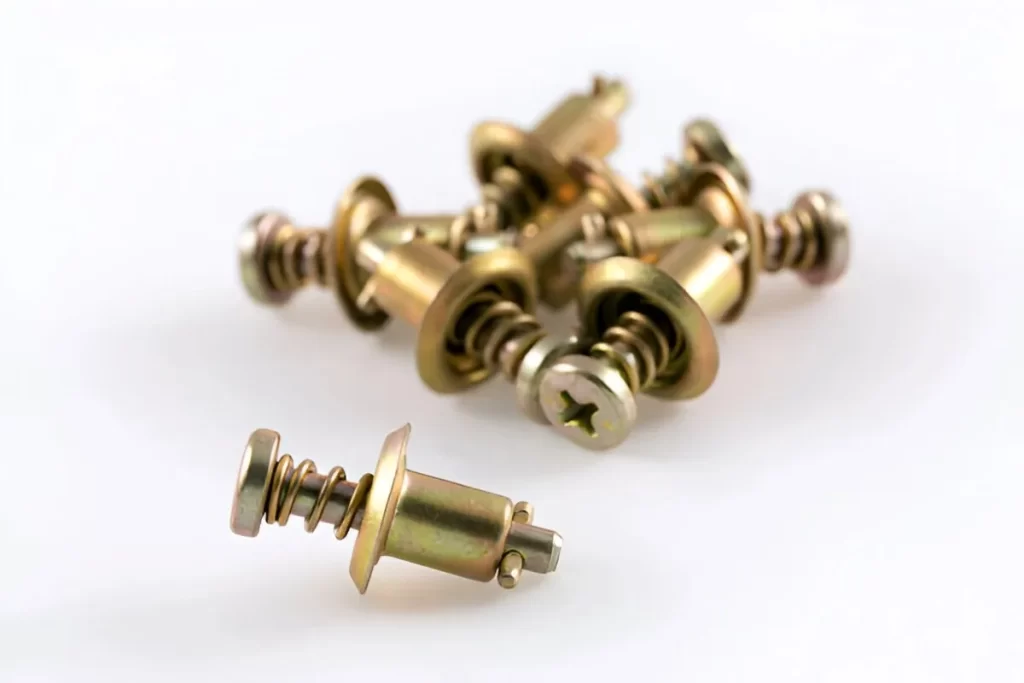
Turnlock Fasteners
Parts that get used often should be fastened with turnlocks. Just turn the cap and it will come loose; no tools are needed.
They are put on panels, service doors, and electronics covers. Because they are fast and simple, they help you save time while repairing.
Adhesive Fasteners
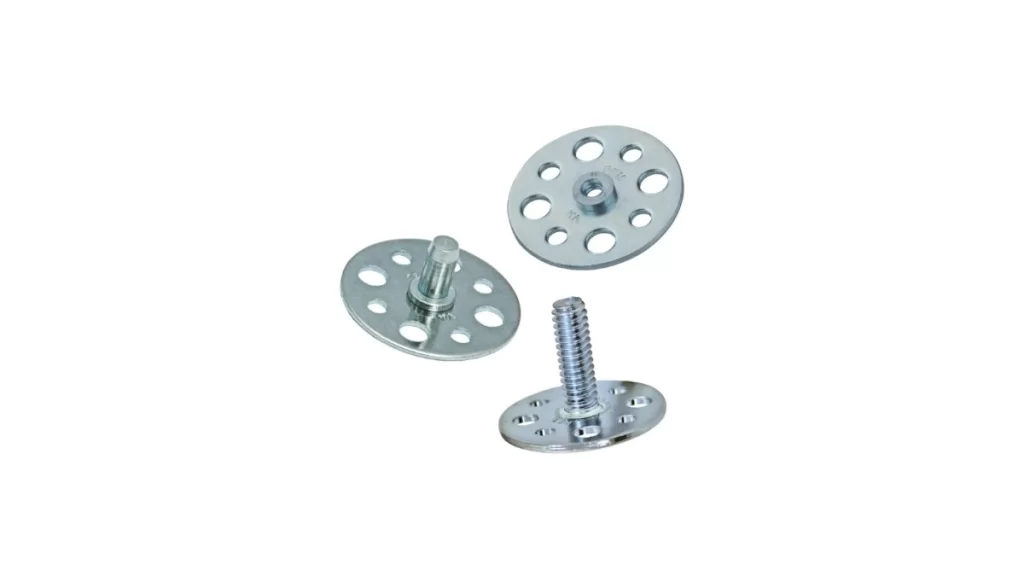
Adhesive Fasteners
Domes and snaps are attached to the product with the help of strong adhesives, so no holes are created. They attach to whatever surface they are placed on and hold mounts for display.
They help a lot when handling tasks such as cable routing or attaching panels. While bolts are stronger, screws make sure things are kept tidy and easy to move.
Try Prolean Now!
What Are Aerospace Fasteners Made Of?
The aircraft fasteners must be tough, not heavy, and withstand many uses. That is why aircraft are built with specially made materials for flight use.
Aluminum
It is affordable to make fasteners with aluminium CNC machining because it is a lightweight material. Mostly, it is applied to rivets and cold-formed parts. People choose the 7075 alloy mainly because it is strong and fatigue-resistant.
Steel
Steel has great strength, yet it weighs more. When strength is important, bolts and landing gear parts usually use stainless and alloy steels.
Titanium
Even though it has steel-like strength, its very lightweight is unique. It is perfect for areas of high stress and temperature in professional and military planes.
Super Alloys
Such alloys as Inconel and Hastelloy are built to handle high temperatures and pressures. Super Alloys like Inconel (e.g., 718, 625) and Hastelloy are essential for critical fasteners operating in extremely high-temperature environments like jet engines, exhaust systems, and hot airframe structures.
Aerospace Fasteners vs. Commercial Grade Fasteners
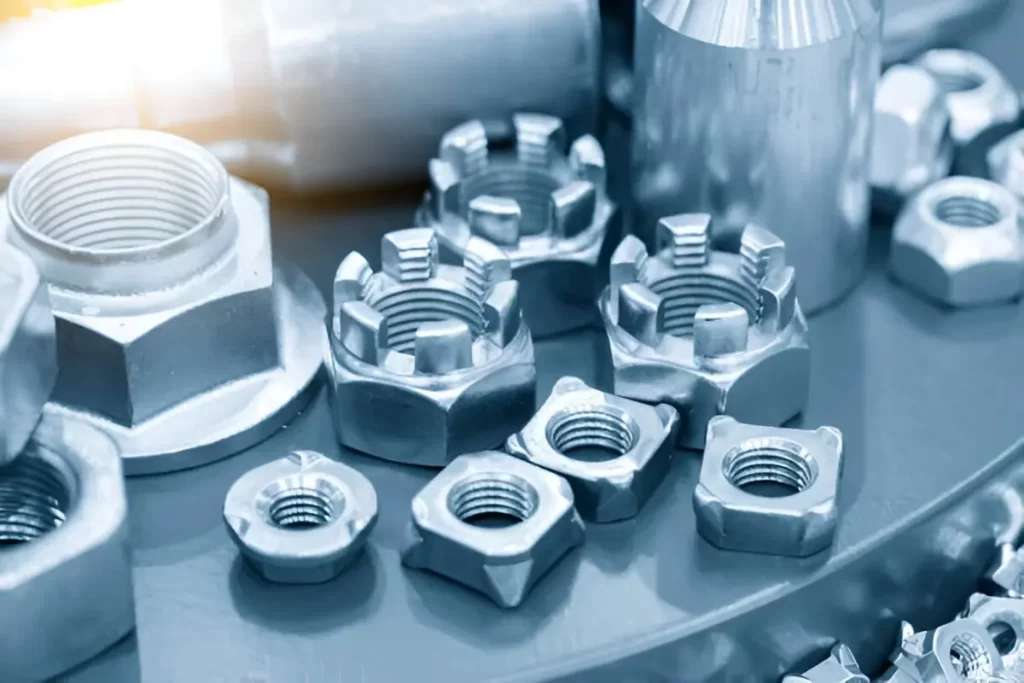
Special nut for a special purpose in the construction industry
Although aerospace and commercial fasteners are similar, their functions are entirely different. Safe operation of an aircraft in the air relies on strong and dependable fasteners. They cannot be used where the stress conditions are high.
1. Material Quality
Titanium or alloy steel are the common materials used for the creation of aerospace fasteners. They can cope with high heat and strong pressure. Commercial fasteners are mostly made with carbon steel, which is less expensive.
2. Strength
Aircraft fasteners are specially designed to handle strong forces. Most of these can support tensile stress of more than 800MPa. On the other hand, commercial fasteners usually have a strength lower than 400 MPa.
3. Specialized Properties
Aerospace fasteners handle heat, corrosion, and vibration without problem. Special types of coatings are given to them to increase their durability. Fasteners used in business are not built with these traits.
4. Self-Locking Features
Many aircraft fasteners are designed to lock automatically. As a result, the wings do not become loose during the flight. Most of the fasteners sold commercially do not lock by themselves once tightened.
5. Cost
Aerospace fasteners are costly to produce due to design complexities. Besides, the high cost tends to affect their work, and they can survive longer. The main advantage of commercial fasteners is their lower cost, but they are not highly reliable.
Prolean Tech – Precision Machining for Aerospace Fasteners
Need reliable and expert aircraft fasteners suppliers for your next project? At Prolean Tech, we specialise in custom machining intended for aerospace components, including a wide range of custom fasteners.
Our experienced team understands the demands of the aerospace industry and delivers parts that meet strict quality and performance standards. Reach out today for a fast quote, helpful DfM feedback, and one-on-one support—all at a competitive price.
FAQ’s
Q1: What fasteners are used on aircraft?
Aircraft use fasteners like bolts, rivets, screws, nuts, and washers. These keep parts tightly joined and withstand strong forces during flight.
Q2: What are the four types of fasteners?
The main four types are bolts, screws, nuts, and rivets. Each type has a special role in holding materials together.
Q3: What is the most common type of aircraft mechanical fastener?
Rivets are the most common fasteners on aircraft. They are strong and reliable for joining metal sheets.
Q4: How many fasteners are in an aeroplane?
An aeroplane can have hundreds of thousands of fasteners. Large commercial planes may use over a million fasteners to hold everything securely.

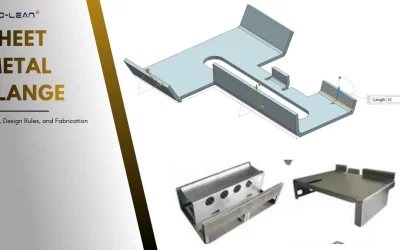
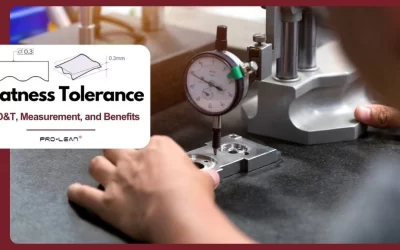
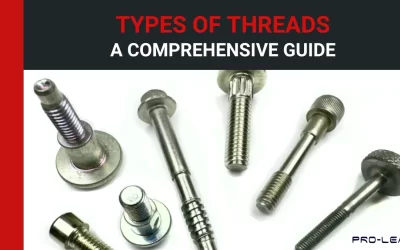
0 Comments